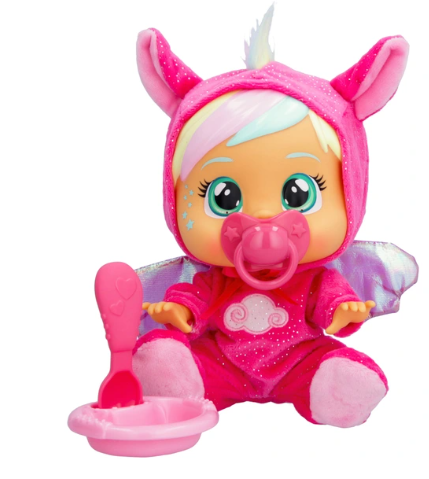Empathy is having the ability to understand the emotions of others and act accordingly. It is something that we tend to develop as we age and that improves as we experience particular emotions for ourselves as this then makes it easier to understand the feelings of others and know what actions are appropriate. Children can struggle to be empathetic and when this happens it can appear rude and and can even be upsetting to the person who is experiencing strong emotions, so it is important that we try and encourage empathy where possible. But how do you teach empathy to children? Well, here are 4 activities get you started.
How to teach empathy to children
Model behaviour
Children learn through watching those around them so one of the best ways to teach empathy is to be empathetic, especially when your child is watching. If the situation arises where you can talk through what you are doing whilst doing it then do so. For example if a sibling or friend is crying you could point that out and say things like “I can see Paul is crying, he must feel very sad, I’m going to give him a cuddle to make him feel better”.
If it isn’t appropriate in the moment then you could discuss it after by saying things like ” Daddy was angry this afternoon because someone hit his car. That made him feel mad and sad because now he needs to get it fixed and it will cost a lot of money.” You could then go on to explain how you responded appropriately and ask them how they would feel if something they loved was broken by someone else.
Discuss emotions
Discuss emotions and reactions to events on a regular basis. Use books and films to start conversations and ask questions like
“How do you think that made her feel?”
“Why do think he is crying?”
“How would that make you feel?”
Having these conversations will encourage your child to think about the emotions of themselves and others and help them to imagine themselves in someone else’s position so they can start to work out how that person might be feeling and what they might need. It also gives them the opportunity to ask questions about emotions in a safe space without it being personal too.
Use role play
Role play is a fantastic learning resource, especially with younger children. You can create numerous scenarios and assign different roles to your child each time, even asking them to take on certain personality traits and then use these for discussions.
Try asking your child to be the doctor and you can be a child and act scared. Watch how they respond, do they try and ease your worry or do they struggle to understand why you are worried? Discuss and swap roles.
You can also introduce toys to help teach empathy during role play. Toys like the Cry Babies dolls are perfect for this as they cry real tears adding an even more realistic level to the role play. Encourage your child to help soothe the baby whilst they work out what could be making it cry and why. The Cry Babies dolls are great as along with the real tears they also have accessories such as a dummy that fits perfectly in the dolls mouth as well as a bowl and spoon to offer a second solutions. You may even find your child has other suggestions too such as cuddling the baby, taking it for a walk, or putting it down for a nap, if they don’t you can introduce these ideas to and ask them to consider how the baby feels but also how they feel as the “parent” with a baby that keeps crying.

Debrief and apologies
If your child has been involved in an altercation then use this as an opportunity to teach them about empathy and not just to tell them off. Start by asking how they think the other child feels and why, if they don’t know ask them how they would feel if it was the other way round. Then reiterate how the other child is feeling and why and ask them if they wanted to make that person feel that way, chances are they didn’t. If they say they did then obviously you will need to address this but if they say they didn’t then explain that actions have consequences and this is how the other person feels but that an apology will help to fix it. Encourage them to say sorry and if possible fix the wrong, let the other child play, give them back a toy or share the paint, etc.
If you regularly implement these activities they will help you to teach empathy to your child in a more natural way.
